Magnet Applications – Discover How Magnets Power the World
Magnets are essential components in countless industries and everyday life. From powering electric motors and generators to enabling medical imaging, data storage, and renewable energy systems, magnets play a vital role in technology and innovation. They are also widely used in manufacturing, electronics, transportation, recycling, and even creative DIY projects. In this section, explore our in-depth articles on the many ways magnets are applied, and learn how magnetic solutions are shaping the future.
-
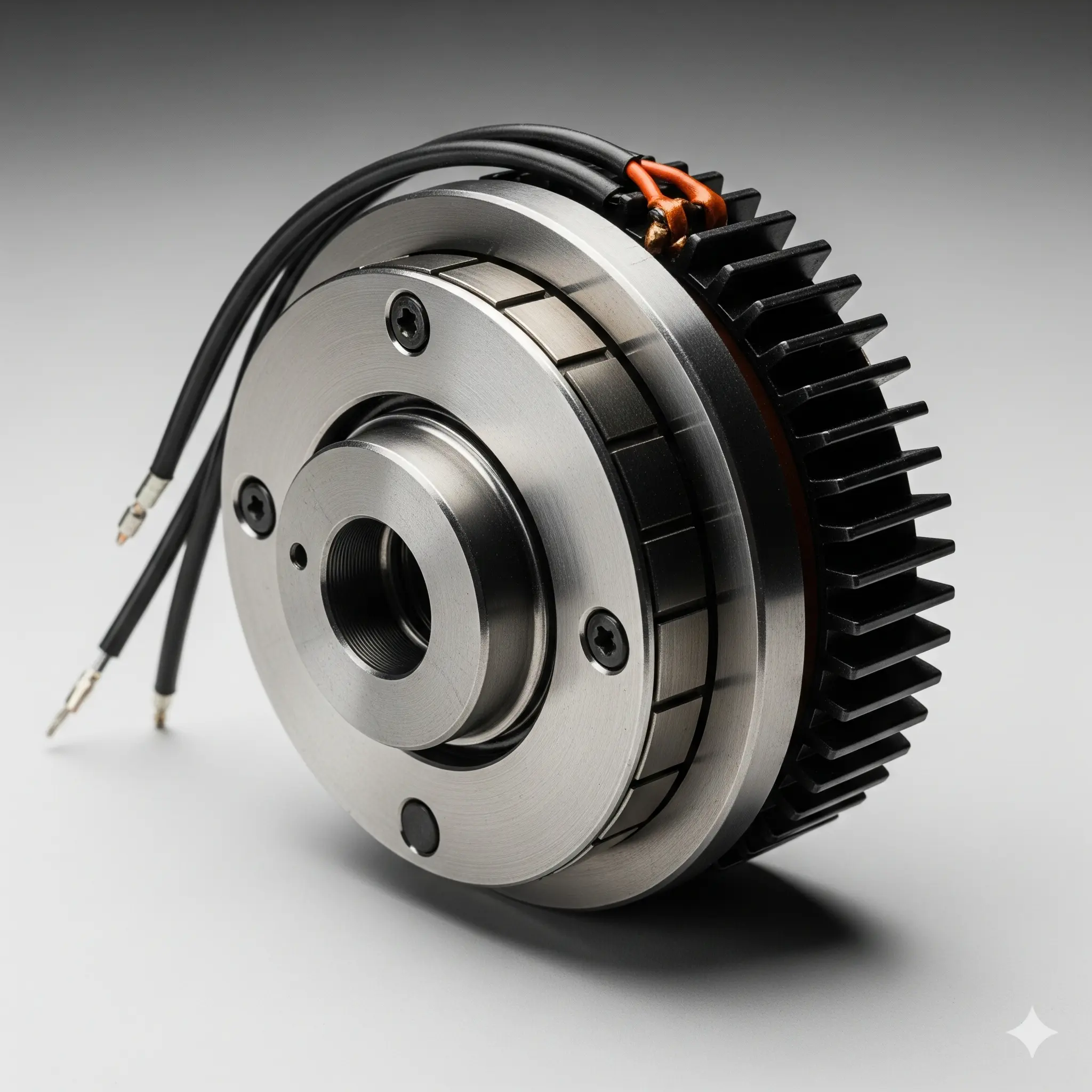
How Magnetic Brakes and Clutches Work: A Guide to Hysteresis and Eddy Current Technology
Magnetic brakes and clutches are essential components in industrial systems, providing precise and reliable torque control. Unlike traditional friction-based systems, they operate without mechanical contact, offering exceptional durability and clean, maintenance-free operation. So, how do they work? Let’s explore the two primary types:
-
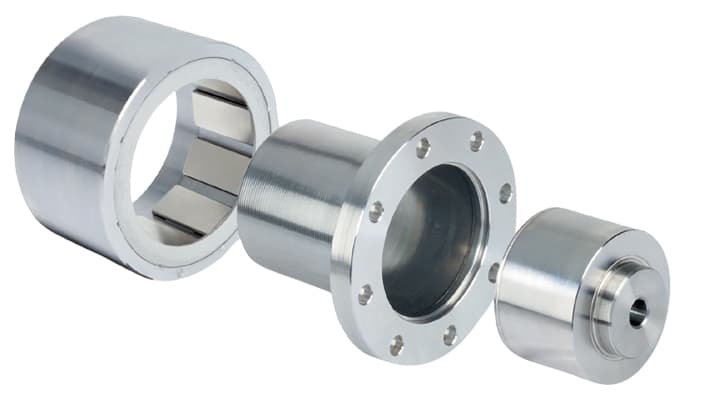
Principle and Design of Magnetic Coupling Torque Transmission
A magnetic coupling primarily consists of two core components: an outer rotor and an inner rotor. This non-contact design allows torque to be transmitted across the isolation barrier without physical connection.
-
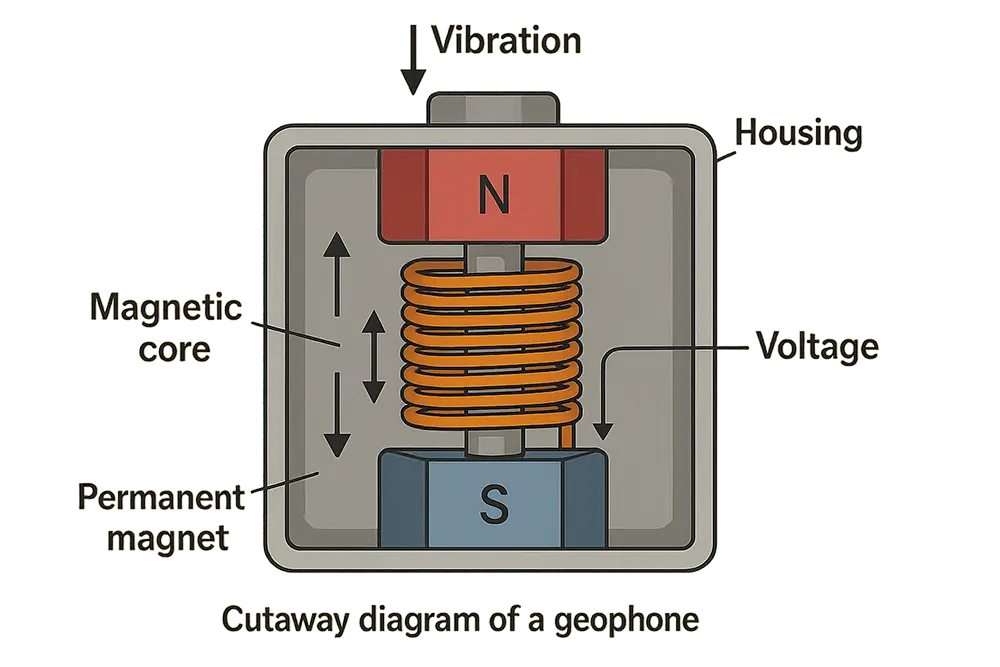
Geophone Magnet Principle: Types, Frequency Response, and Magnet Selection
A geophone is a highly sensitive ground motion transducer that converts ground vibrations into electrical signals. The core components include: This induced signal is called the seismic response, which seismologists and geophysicists analyze to study subsurface structures.
-
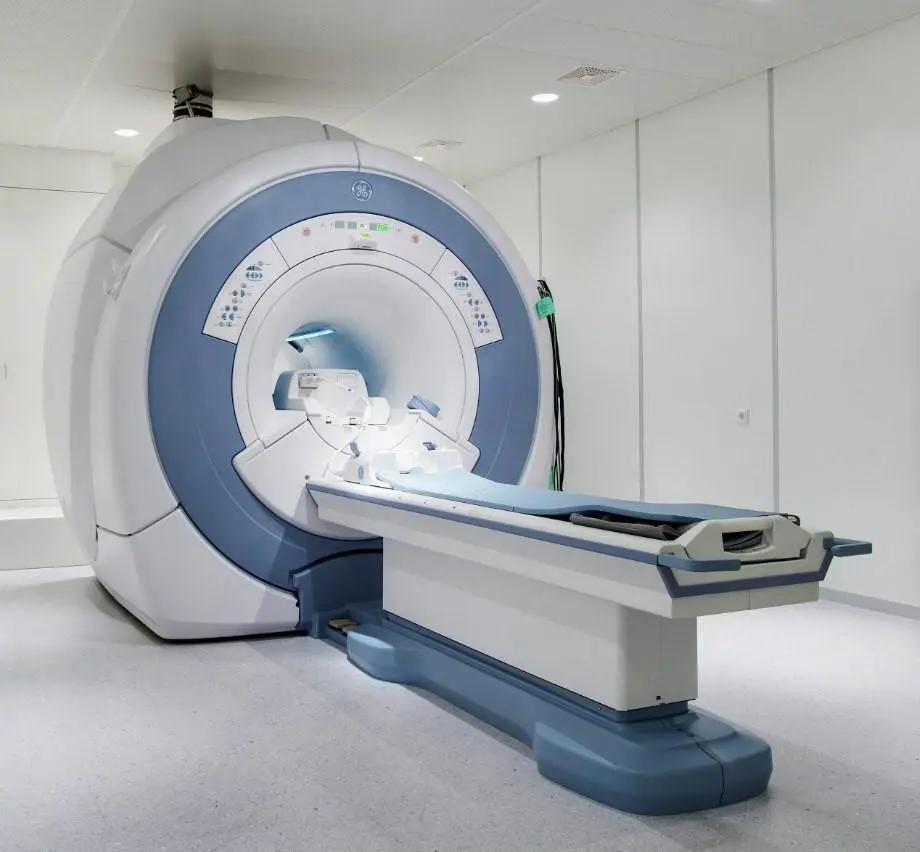
Application of Neodymium Magnet in Healthcare Field
Neodymium magnets, also known as NdFeB magnets, are the most powerful type of permanent magnet available today. Their exceptional strength and ability to generate stable magnetic fields have led to widespread applications in healthcare and medical devices. From diagnostic imaging to surgical tools and dental applications, neodymium magnets are playing an increasingly critical role in…
-
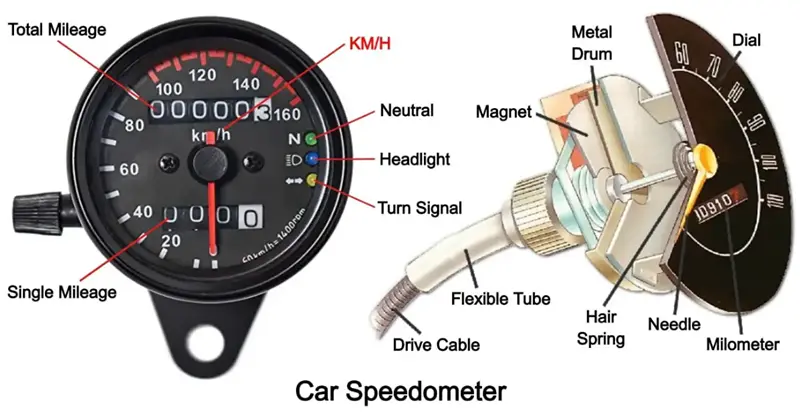
Application principle of magnet in speedometer
The speedometer, or speed meter, is an instrument used to measure and display the instantaneous speed of a vehicle. It was first introduced in the early 1900s as an optional device and became standard equipment around 1910. Today, speedometers are universally installed in automobiles, motorcycles, and adapted for other vehicles such as boats (pit log)…
-

How to Choose a Magnet for Fishing: A Complete Guide
Magnet fishing is an exciting outdoor activity that combines treasure hunting with environmental cleanup. Using a strong magnet attached to a rope, hobbyists and professionals can retrieve metallic objects from rivers, lakes, or other water bodies. It is often compared to underwater metal detecting but relies on the pulling force of magnets rather than electronic…
-
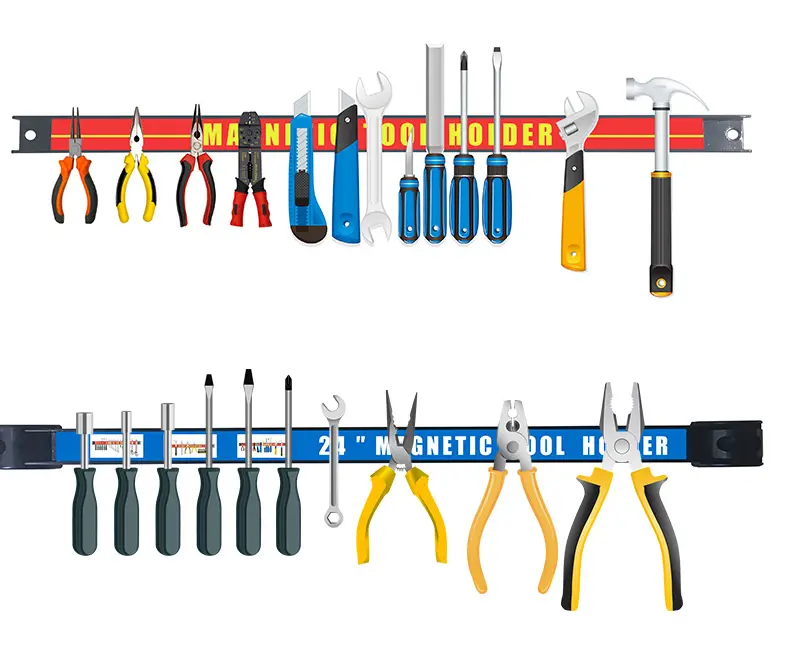
Alternatives to Traditional Tools—Magnetic Tools
Magnets are widely used in every corner of modern industry and daily life. From machining to home improvement, magnetic applications and tools bring efficiency, precision, and safety. For businesses, choosing the right magnetic tools means reduced operational costs and improved productivity. Below, we explore the most commonly used magnetic tools and how they work.
-
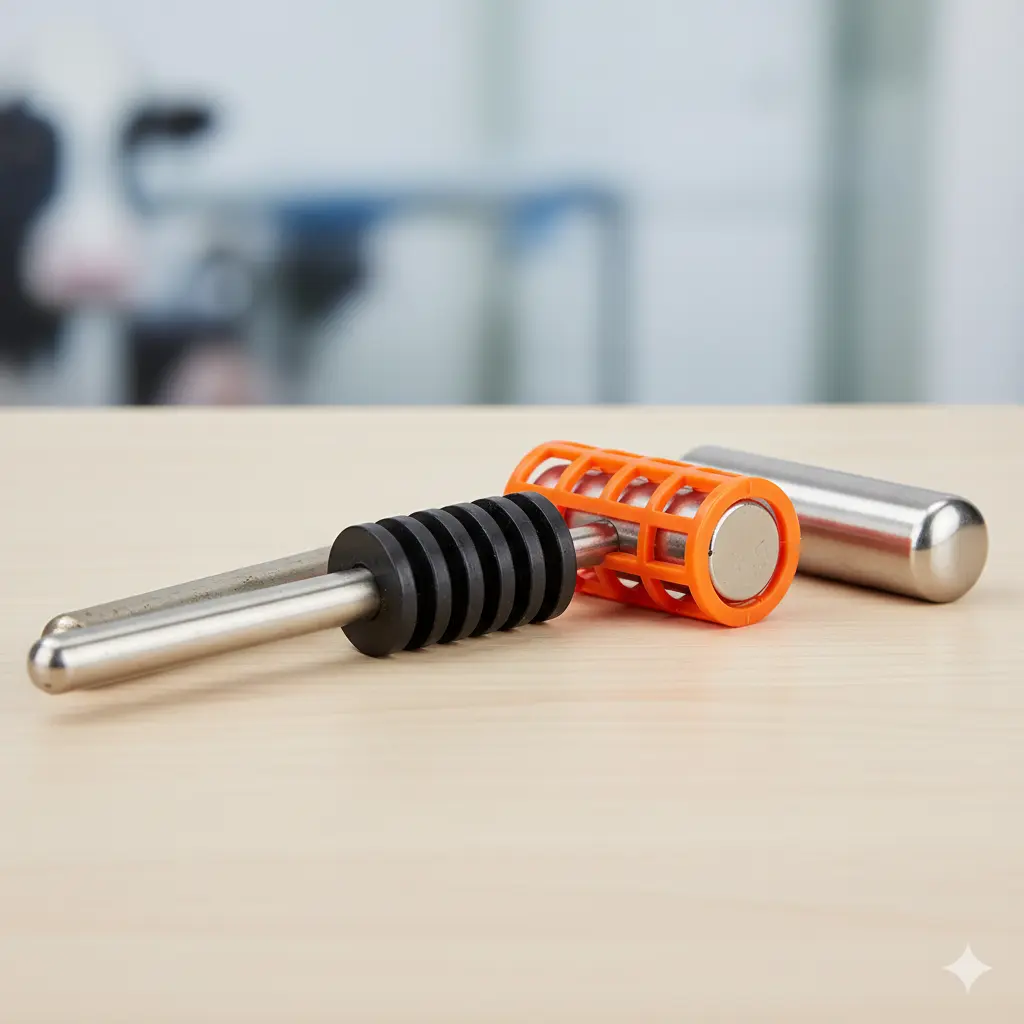
How to use cow magnet correctly and its principle?
Popular with farmers, ranchers, and veterinarians, cow magnets are a proven and widely used method of preventing hardware disease in cattle. Understanding how they work and how to use them correctly is essential for protecting livestock and minimizing economic losses in dairy and beef production.
-
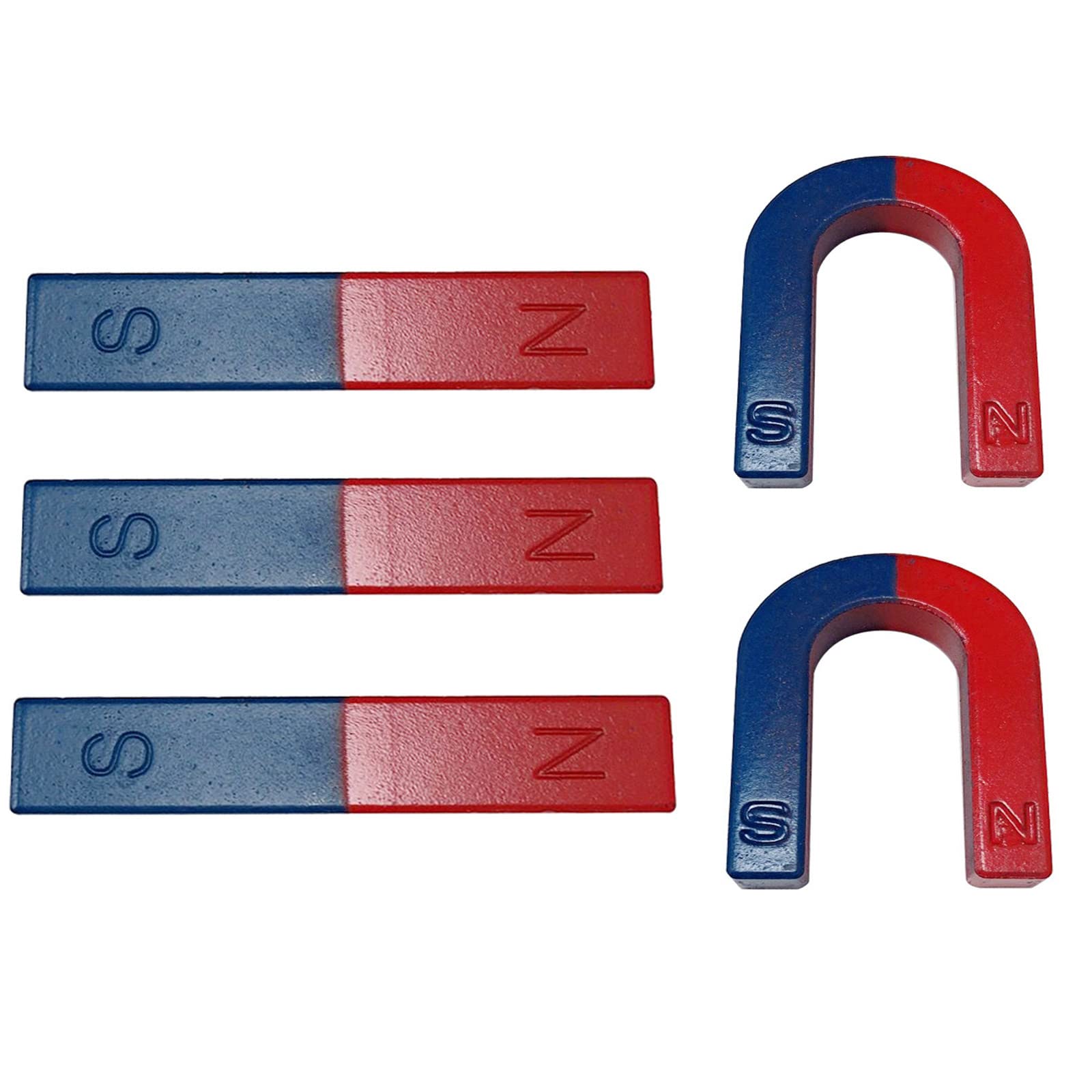
What is the main functions of educational magnet?
Educational magnets are essential tools for classrooms and science laboratories. From horseshoe magnets to bar magnets, these teaching aids have been used for decades to help students explore the invisible forces of magnetism. At HSMagnet, we provide a wide range of educational magnets designed to support teachers, parents, and students in learning physics in an…
